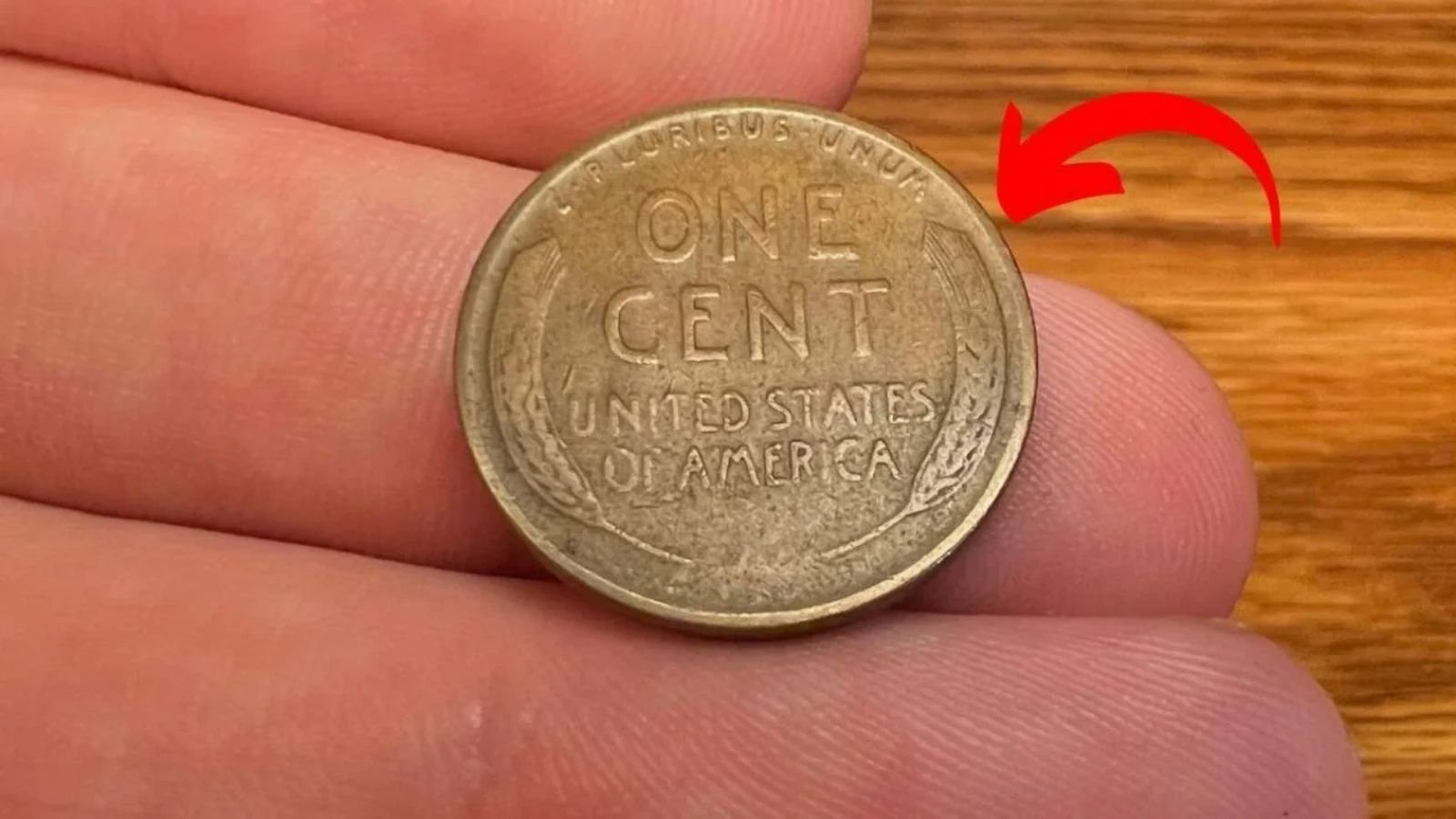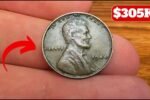For most of us, spotting a penny on the ground doesn’t spark excitement. It’s just one cent, often overlooked or left lying on the pavement. Some people might not even bother picking it up. After all, what’s the point of adding one cent to your pocket? But what if that seemingly ordinary coin wasn’t so ordinary after all? What if that small, brown coin could actually be worth a life-changing sum of money—say, $880,000?
Believe it or not, that’s not just a hypothetical situation. It’s entirely possible, especially if you come across a rare Lincoln Wheat Penny, a coin that has stirred excitement in the world of collectors for decades. The most thrilling part? One of these incredibly valuable coins might still be hiding in plain sight—circulating in someone’s change jar, tucked away in an old piggy bank, or even sitting right now in your wallet.
$400 Stimulus Payment for Everyone: New York’s Latest Inflation Relief Plan Explained in Detail
A Century of History: The Birth of the Lincoln Wheat Penny
The story of the Lincoln Wheat Penny begins in 1909, during a time of change in the United States. To honor the 100th birthday of President Abraham Lincoln, the U.S. Mint decided to break with tradition. Up until then, American coins typically featured allegorical images such as Lady Liberty. But in 1909, for the first time in American history, a real person—Abraham Lincoln—would be featured on a U.S. coin.
This coin, known officially as the Lincoln cent, quickly earned the nickname Lincoln Wheat Penny because of its reverse design: two stylized stalks of wheat curving along the sides. These wheat ears not only added a graceful touch but also symbolized the country’s agricultural strength and prosperity. The coin remained in production in this form until 1958, after which the reverse design was replaced with the Lincoln Memorial.
While millions of Lincoln Wheat Pennies were produced between 1909 and 1958, only a handful are truly special—so rare that they’ve become legendary in the numismatic world. And among these rare versions, one stands far above the rest in both mystery and value.
What Makes One Penny Worth $880,000?
Now, it might seem outrageous to claim that a one-cent coin could fetch nearly a million dollars, but there’s solid reason behind it. During World War II, the U.S. Mint made an important change in the material used for coinage. In 1943, to support the war effort and conserve copper for ammunition and other military needs, the Mint produced pennies using zinc-coated steel instead of the usual copper. These coins had a silvery appearance and were lighter than previous versions.
However, a very small number of Lincoln Wheat Pennies from 1943 were mistakenly struck using leftover copper planchets (the blank discs used to make coins). These errors slipped through the cracks of production and made their way into circulation. Experts believe that no more than a couple dozen of these 1943 copper pennies exist today. And because of their rarity and the unique story behind them, they are considered one of the most valuable coins in American history.
In fact, one pristine example of the 1943 copper Lincoln Wheat Penny has been sold for as much as $880,000 in a private auction. That’s not a typo. A one-cent coin—if it’s the right one—could be worth nearly a million dollars.
Quick Overview: Fast Facts About the Lincoln Wheat Penny
| Coin Name | Lincoln Wheat Penny |
|---|---|
| First Year Issued | 1909 |
| Special Year | 1943 (Copper Error) |
| Common Material (1943) | Zinc-coated steel |
| Rare Material (1943) | Copper |
| Estimated Max Value | $880,000 |
| Still Circulating? | Yes, but extremely rare |
| Reverse Design | Wheat stalks |
Still Out There: Could You Find One in Your Pocket?
You might be wondering how such a valuable coin could still be floating around out there. It’s a fair question. After all, if a coin is worth that much money, surely someone would have tracked them all down by now, right?
Well, not exactly. The truth is that many people don’t pay close attention to coins. A Lincoln Wheat Penny, even a rare one, looks quite similar at a glance to many other old pennies. The average person may not know what to look for—or they may not even think a penny could possibly be worth anything at all. As a result, some of these coins could still be sitting in a jar of loose change, hidden in old drawers, or quietly passing from hand to hand in everyday transactions.
There have been documented cases where people found rare Lincoln Wheat Pennies in pocket change or inherited coin collections. These stories are a big part of why so many amateur coin hunters and collectors are always on the lookout.
How to Spot a Rare Lincoln Wheat Penny
If you’re suddenly itching to go through your coin jar, you’re not alone. But how can you tell if you’ve struck gold—well, copper—in the form of a rare Lincoln Wheat Penny?
Here are some specific steps to identify a potentially valuable coin:
-
Check the Year: The most valuable variety is from 1943. So, begin by isolating any 1943 pennies you have.
-
Look at the Color: Most 1943 pennies were made of steel and appear silver or gray. If your 1943 penny looks coppery or brown, that’s your first big clue.
-
Use a Magnet Test: Since steel is magnetic and copper isn’t, use a regular fridge magnet. If the coin sticks to it, it’s a common steel version. If it doesn’t stick, you might have something special.
-
Examine the Condition: Like all collectibles, condition matters. A mint-condition Lincoln Wheat Penny is worth more than one that’s scratched, worn, or damaged.
-
Don’t Clean the Coin: This part is crucial. Never clean a potentially valuable coin. Cleaning it can actually decrease its value dramatically. Instead, store it safely and have it reviewed by a professional coin appraiser or grading service.
Other Rare Versions to Watch For
While the 1943 copper Lincoln Wheat Penny is the star of the show, it’s not the only rare variety worth some serious cash. Here are a few other noteworthy versions:
-
1909-S VDB Lincoln Wheat Penny: This coin features the initials of designer Victor David Brenner on the reverse side. Only a limited number were made in San Francisco, making it highly desirable.
-
1914-D Lincoln Wheat Penny: Pennies minted in Denver in 1914 are considered rare, especially in high grades.
-
1922 No D Lincoln Wheat Penny: Due to a minting anomaly, some 1922 pennies from the Denver Mint appear to have no mint mark at all, increasing their rarity.
Each of these versions has its own backstory and adds layers of intrigue to the legacy of the Lincoln Wheat Penny.
Why Collectors Love the Lincoln Wheat Penny
So, what is it about the Lincoln Wheat Penny that makes it so beloved? Beyond its monetary value, the coin represents a bridge between past and present. It’s a tangible piece of history that has survived wars, economic depressions, and massive cultural shifts. For collectors, owning a Lincoln Wheat Penny is like holding a tiny piece of American heritage.
It also helps that these coins were widely circulated for decades. That makes the hunt for rare versions both challenging and thrilling. There’s a very real possibility that the next life-changing coin could be hiding somewhere close—maybe even in your coin jar.
Final Thoughts: Treasure in the Change Jar
In a world where we often overlook the smallest things, the story of the Lincoln Wheat Penny is a powerful reminder that value can hide in plain sight. A coin that most of us would walk past on the street might actually be worth more than a luxury car—or even a house.
Whether you’re a seasoned numismatist or someone who’s never thought twice about the change in your pocket, the next time you come across a penny, take a closer look. Especially if it’s from 1943, brown in color, and doesn’t stick to a magnet—you might just be holding a piece of American history worth $880,000.
And even if it isn’t the legendary 1943 copper version, who knows? Your journey into the world of rare coins might just be beginning. Because the story of the Lincoln Wheat Penny isn’t just about a coin. It’s about the thrill of discovery, the richness of history, and the hidden treasures waiting to be found—one penny at a time.
Some Important Link
| Download News APP | Click Here |
| WhatsApp Group | Click Here |
| Home Page | Click Here |




